Learning is a lifelong journey that enriches our lives, broadens our perspectives, and helps us grow personally and professionally. Whether you are a student aiming to excel in academics or an individual looking to acquire new skills, mastering the art of learning is essential. Here are key strategies and techniques to effectively learn new things:
Embrace Curiosity and Open-Mindedness
Stay Curious:
- Mindset of Exploration: Cultivating a mindset of curiosity involves viewing the world as a vast playground of knowledge waiting to be explored. Instead of seeing learning as a chore, approach it with excitement and a sense of wonder.
- Asking Questions: Curiosity thrives on questions. Don’t hesitate to ask questions about things you don’t understand or wish to know more about. Curiosity fuels the quest for answers and deeper understanding.
- Seeking Answers: Actively seek answers to your questions through research, discussions, experiments, or seeking guidance from knowledgeable individuals. The process of seeking answers enhances critical thinking and problem-solving skills.
Be Open-Minded:
- Suspending Judgment: Approach new ideas, concepts, or information with an open mind, without immediately judging or dismissing them. Suspending judgment allows you to explore ideas fully before forming conclusions.
- Welcoming Diverse Perspectives: Embracing open-mindedness involves welcoming diverse perspectives, opinions, and viewpoints. Engage in discussions with people holding different beliefs or backgrounds to broaden your understanding and foster empathy.
- Challenging Assumptions: Question your own assumptions and beliefs regularly. Being open-minded means being willing to challenge and revise your perspectives based on new information or experiences.
Why Embrace Curiosity and Open-Mindedness:
- Enhanced Learning: Curiosity drives active engagement in learning activities, leading to deeper comprehension and retention of knowledge.
- Creativity and Innovation: Open-mindedness encourages thinking outside the box, sparking creativity and innovation in problem-solving, decision-making, and idea generation.
- Conflict Resolution: Embracing diverse perspectives fosters constructive dialogue and effective conflict resolution by promoting understanding, empathy, and collaboration.
- Personal Growth: Cultivating curiosity and open-mindedness not only enriches your intellectual growth but also contributes to personal growth by expanding your horizons, breaking stereotypes, and fostering continuous learning.
Practical Tips to Foster Curiosity and Open-Mindedness:
- Explore Varied Interests: Dive into diverse subjects, hobbies, or activities that pique your curiosity and challenge your perspectives.
- Engage in Dialogue: Participate in discussions, debates, or forums where different viewpoints are encouraged and respected. Listen actively and express your thoughts thoughtfully.
- Read Widely: Explore books, articles, and resources from various genres, cultures, and disciplines to broaden your knowledge and perspectives.
- Embrace Failure: View failures as learning opportunities rather than setbacks. Embracing curiosity and open-mindedness involves being resilient in the face of challenges and learning from mistakes.
- Seek New Experiences: Step out of your comfort zone to try new experiences, meet new people, and explore unfamiliar environments. Novel experiences stimulate curiosity and expand your understanding of the world.
Set Clear Learning Goals
Define Objectives:
- Clarity in Purpose: Begin by defining your learning objectives clearly. Understand why you want to learn a particular subject or skill and how it aligns with your academic or personal goals.
- Specificity: Set specific learning goals that are measurable and achievable within a defined timeframe. For example, instead of a vague goal like “improve math skills,” specify “master multiplication tables up to 12 by the end of the month.”
- Relevance: Reflect on the importance of your learning goals in relation to your overall growth, career aspirations, or academic success. Understanding the relevance of your goals keeps you motivated and focused.
Break it Down:
- Chunking Content: Divide complex subjects or skills into smaller, manageable chunks or topics. This approach prevents overwhelm and allows for focused learning on specific areas.
- Create Milestones: Establish milestones or checkpoints along your learning journey. Milestones help track progress and provide a sense of accomplishment as you achieve each step.
- Use SMART Criteria: Ensure your goals are Specific, Measurable, Achievable, Relevant, and Time-bound (SMART). This framework increases clarity and accountability in goal setting.
- Prioritize Tasks: Arrange tasks based on priority and logical progression. Start with foundational concepts before moving to more advanced topics to build a strong understanding.
- Monitor Progress: Regularly review your progress against set milestones. Adjust goals or study strategies as needed to stay on track and maintain motivation.
Why Set Clear Learning Goals:
- Focus and Motivation: Clear goals provide direction and purpose to your learning efforts, keeping you focused and motivated even during challenging times.
- Measurable Progress: Breaking goals into smaller tasks allows you to track progress more effectively. Celebrate achievements at each milestone to sustain motivation.
- Efficient Learning: Structured goals help you allocate time and resources efficiently. You can prioritize tasks based on importance and urgency, optimizing your learning process.
- Adaptability: Clear goals make it easier to identify areas needing improvement or adjustment. Flexibility in goal setting enables adaptive learning strategies for better outcomes.
Practical Tips for Goal Setting:
- Specificity: Define what you want to achieve in clear, specific terms.
- Measurable: Establish criteria or metrics to measure progress and success.
- Achievable: Set goals that are challenging yet attainable with effort and dedication.
- Relevant: Ensure goals align with your interests, values, and long-term objectives.
- Time-bound: Set deadlines or timelines for achieving each goal or milestone.
Understand Your Learning Style
Visual Learners:
Visual learners prefer information presented in visual formats such as diagrams, charts, infographics, and videos. They often have a strong ability to recall information from images and visual cues.
Learning Strategies for Visual Learners:
- Visual Aids: Utilize visual aids such as mind maps, flowcharts, diagrams, and illustrations to represent complex concepts and relationships visually.
- Color Coding: Use color coding to categorize information or highlight key points in notes, textbooks, or study materials. Different colors can signify different categories or levels of importance.
- Visual Organizers: Use graphic organizers such as timelines, Venn diagrams, or concept maps to organize information hierarchically and understand connections between ideas.
- Videos and Animations: Watch educational videos, animations, or tutorials related to your study topics to reinforce visual learning and enhance understanding through dynamic visuals.
Auditory Learners:
Auditory learners grasp information best through auditory cues such as listening, discussions, lectures, and verbal explanations. They often have a strong ability to remember information through spoken words and sounds.
Learning Strategies for Auditory Learners:
- Verbal Repetition: Repeat information aloud or engage in discussions and debates related to your study topics to reinforce learning through verbal repetition.
- Recorded Lectures: Record lectures or important study materials to listen to them later. Use audio resources such as podcasts or audiobooks for auditory learning reinforcement.
- Teach Others: Teach concepts to classmates, friends, or family members verbally. Explaining ideas in your own words enhances understanding and retention.
- Use Rhymes or Mnemonics: Create rhymes, songs, or mnemonic devices using auditory elements to remember complex information or sequences effectively.
Kinesthetic Learners:
Kinesthetic learners learn best through hands-on experiences, physical activities, experiments, and practical applications of knowledge. They often have a strong ability to learn by doing and engaging their senses.
Learning Strategies for Kinesthetic Learners:
- Hands-on Activities: Engage in practical experiments, simulations, or real-life applications related to your study topics to reinforce learning through hands-on experiences.
- Interactive Learning: Use interactive learning materials such as interactive apps, simulations, or tactile tools to engage senses like touch and movement.
- Role-play and Drama: Act out scenarios or concepts related to your studies. Role-playing helps in understanding perspectives and applying theoretical knowledge in practical contexts.
- Use Manipulatives: Utilize physical objects, models, or manipulatives like puzzles, blocks, or charts to represent abstract concepts and enhance comprehension through tactile learning.
Adapt Learning Strategies:
- Self-Assessment: Take online quizzes or assessments to identify your dominant learning style. Reflect on past learning experiences to understand what methods have worked best for you.
- Multimodal Approach: Incorporate elements from different learning styles to create a multimodal learning experience. For example, visual learners can combine visual aids with verbal explanations for better comprehension.
- Flexibility: Be open to trying new study techniques and adapting your learning strategies based on the subject matter or learning environment.
Actively Engage in Learning
Active Learning:
Active learning involves participating actively in the learning process rather than passively receiving information. This approach encourages students to engage with the material through various methods such as summarizing, questioning, and teaching concepts to others.
Benefits of Active Learning:
- Enhanced Understanding: Actively engaging with study material promotes deeper understanding of concepts and principles rather than rote memorization.
- Improved Retention: Applying active learning techniques like summarizing and teaching reinforces memory retention by revisiting and reviewing key information.
- Critical Thinking: Questioning and analyzing information fosters critical thinking skills, allowing students to evaluate ideas, draw connections, and solve problems effectively.
- Engagement and Motivation: Active participation in learning activities keeps students engaged, interested, and motivated, leading to more effective learning outcomes.
Active Learning Strategies:
- Summarizing: Summarize key points or concepts in your own words after reading or studying a section. Focus on capturing the main ideas and relationships between different topics.
- Questioning: Ask questions while studying to clarify doubts, deepen understanding, and stimulate critical thinking. Challenge yourself to think beyond the surface level.
- Teaching Others: Teach concepts or explain topics to classmates, friends, or family members. Teaching reinforces your own understanding and helps identify areas that need further clarification.
- Group Discussions: Participate in group discussions or study groups to exchange ideas, share perspectives, and collaborate on solving problems or understanding complex topics.
- Problem-Solving Exercises: Engage in problem-solving activities, case studies, or real-life scenarios related to your studies. Apply theoretical knowledge to practical situations to develop analytical and problem-solving skills.
Practice Regularly:
Consistent practice is key to reinforcement learning and mastering new knowledge or skills. Here are some tips for effective practice:
- Regular Study Sessions: Schedule regular study sessions rather than cramming information at the last minute. Spaced practice over time improves retention and understanding.
- Review and Repetition: Review previously learned material periodically to reinforce memory retention. Use spaced repetition techniques to revisit information at intervals for long-term retention.
- Application Exercises: Apply learning through practice exercises, quizzes, or problem-solving tasks. Practice problems related to your subject to gain hands-on experience and mastery.
- Seek Feedback: Request feedback from teachers, peers, or mentors on your understanding and performance. Use feedback to identify areas of improvement and adjust your study strategies accordingly.
- Reflect and Adjust: Regularly reflect on your learning progress, strengths, and weaknesses. Adjust study techniques or focus areas based on self-assessment and feedback received.
Seek Feedback and Continuous Improvement
Seek Guidance:
- Ask Questions: Cultivate a proactive approach by asking questions to clarify doubts, deepen understanding, and gain insights into complex topics.
- Feedback from Mentors: Seek feedback from mentors, teachers, or subject matter experts to understand strengths, areas for improvement, and actionable suggestions.
- Peer Collaboration: Engage in collaborative learning with peers, participate in study groups, and exchange ideas to broaden perspectives and enhance learning outcomes.
- Utilize Resources: Take advantage of academic resources such as libraries, online forums, tutoring services, and educational platforms to supplement learning and address challenges effectively.
Reflect and Adjust:
- Self-Assessment: Regularly assess your learning progress, strengths, weaknesses, and study habits. Use self-assessment tools or checklists to track your academic journey.
- Identify Learning Gaps: Identify areas where you need improvement or further understanding. Analyze patterns in mistakes or challenges to tailor learning strategies accordingly.
- Adapt Study Techniques: Based on self-assessment and feedback, adapt study techniques, time management strategies, and study environments to optimize learning outcomes.
- Set Goals for Improvement: Establish specific, measurable goals based on identified learning gaps. Break down goals into actionable steps and timelines for continuous progress.
- Celebrate Achievements: Acknowledge and celebrate milestones, achievements, and improvements along the learning journey. Positive reinforcement enhances motivation and reinforces learning habits.
Importance of Feedback and Continuous Improvement:
- Enhanced Learning: Constructive feedback and self-reflection foster deeper learning, critical thinking, and problem-solving skills.
- Efficiency: Regularly adjusting study techniques, time management strategies, and study plans improves efficiency and effectiveness in learning new concepts or skills.
- Adaptability: Developing a growth mindset and adapting to feedback promotes adaptability, resilience, and lifelong learning habits essential for academic and personal growth.
- Motivation: Celebrating successes, no matter how small, boosts confidence, motivation, and a positive attitude towards learning challenges.
- Long-Term Success: Continuous improvement strategies lay the foundation for long-term success, skill development, and mastery in academic pursuits and beyond.
Stay Balanced and Practice Self-Care
Maintain Balance: Balance learning activities with leisure, hobbies, social interactions, and adequate rest. Avoid burnout by managing stress and prioritizing self-care.
Healthy Lifestyle: Get sufficient sleep, stay physically active, eat nutritious foods, and practice relaxation techniques. A healthy body and mind support effective learning and overall well-being.
By incorporating these strategies into your learning journey, you can enhance your learning experience, retain knowledge effectively, and achieve your learning goals with confidence and enthusiasm. Remember that learning is not just about acquiring information but also about continuous growth, adaptability, and embracing lifelong curiosity and learning opportunities.
Table of Contents


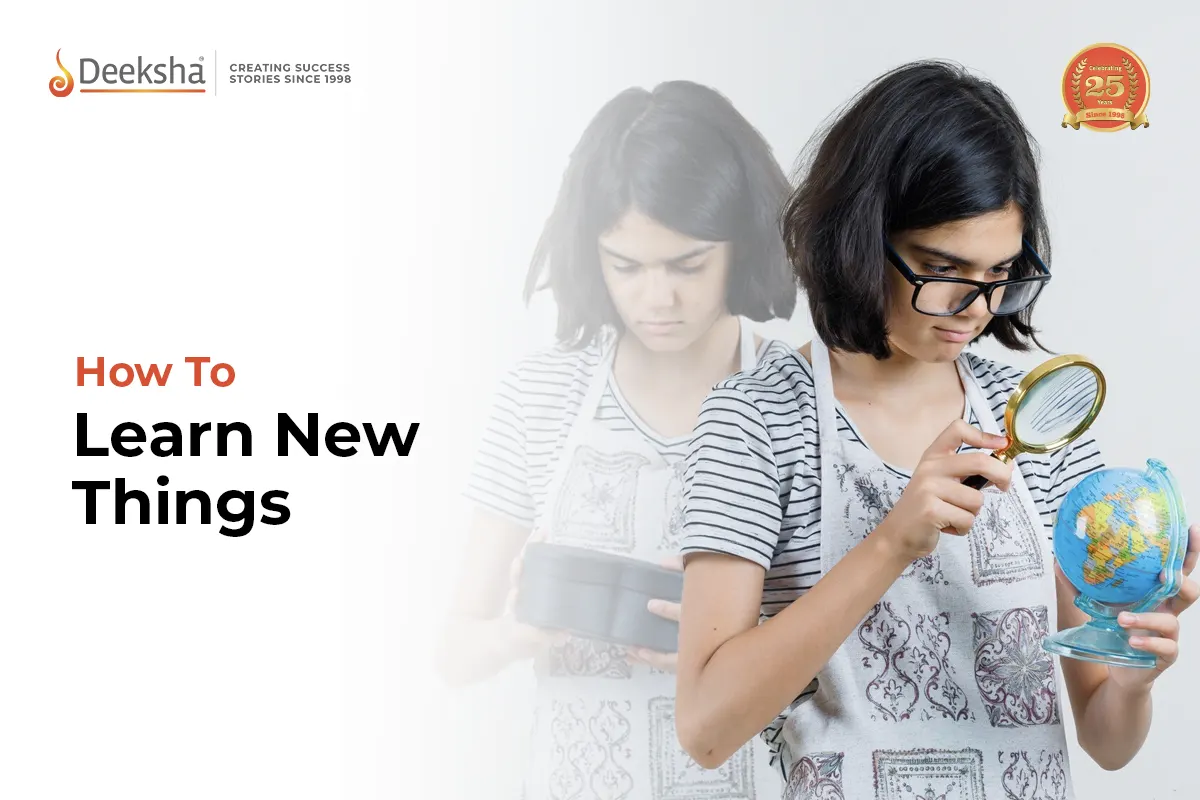



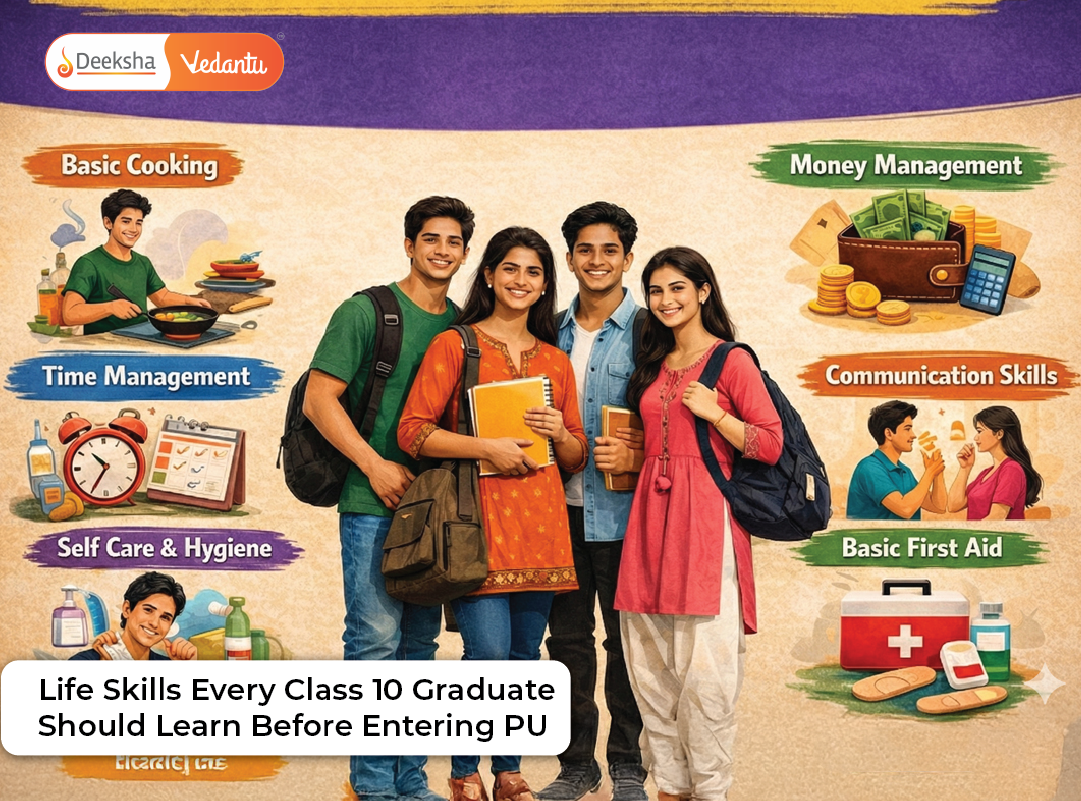
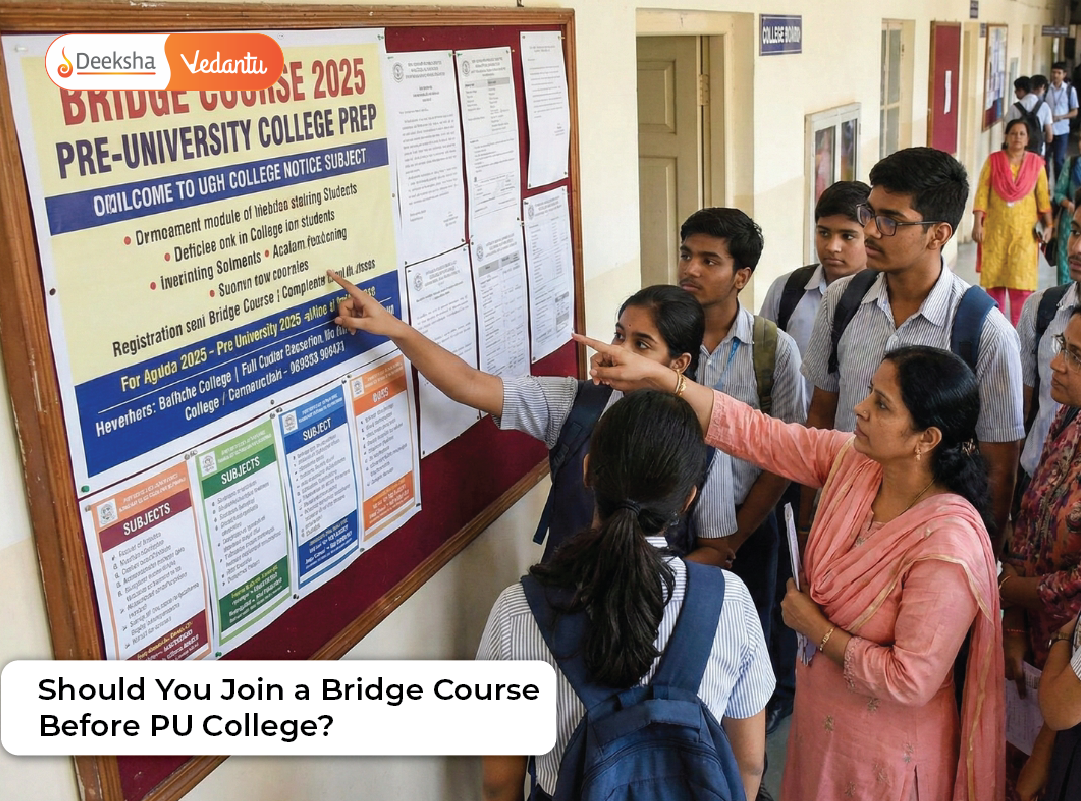


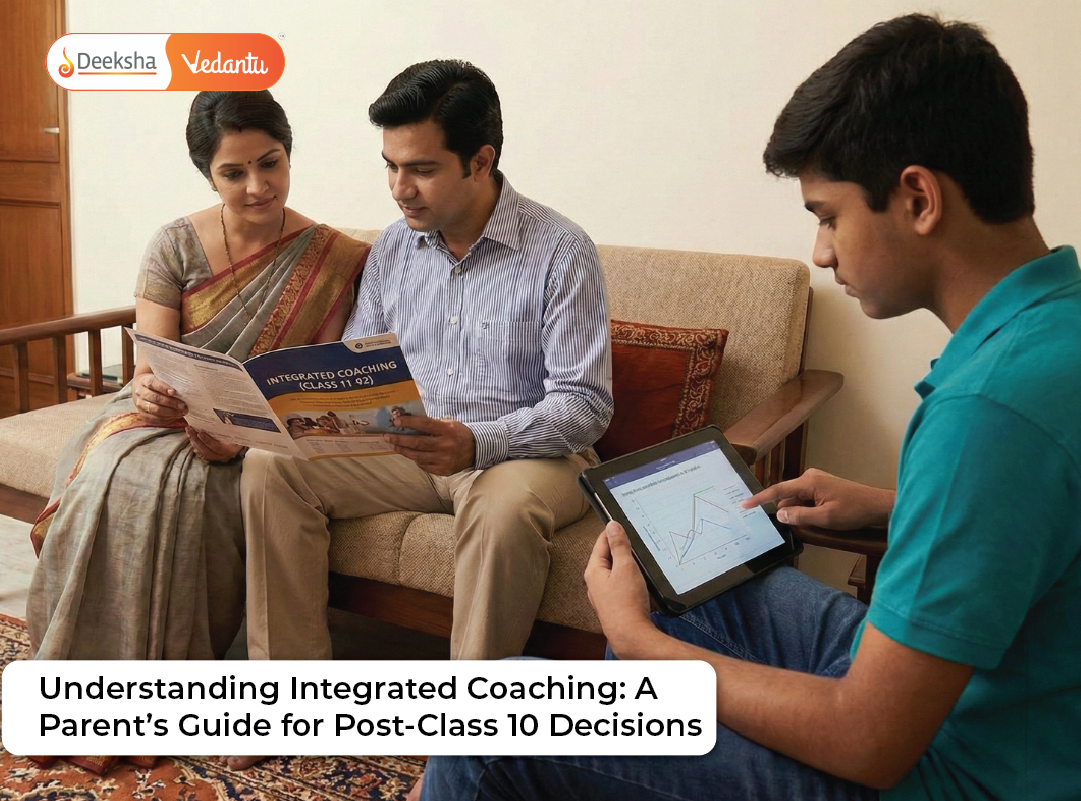
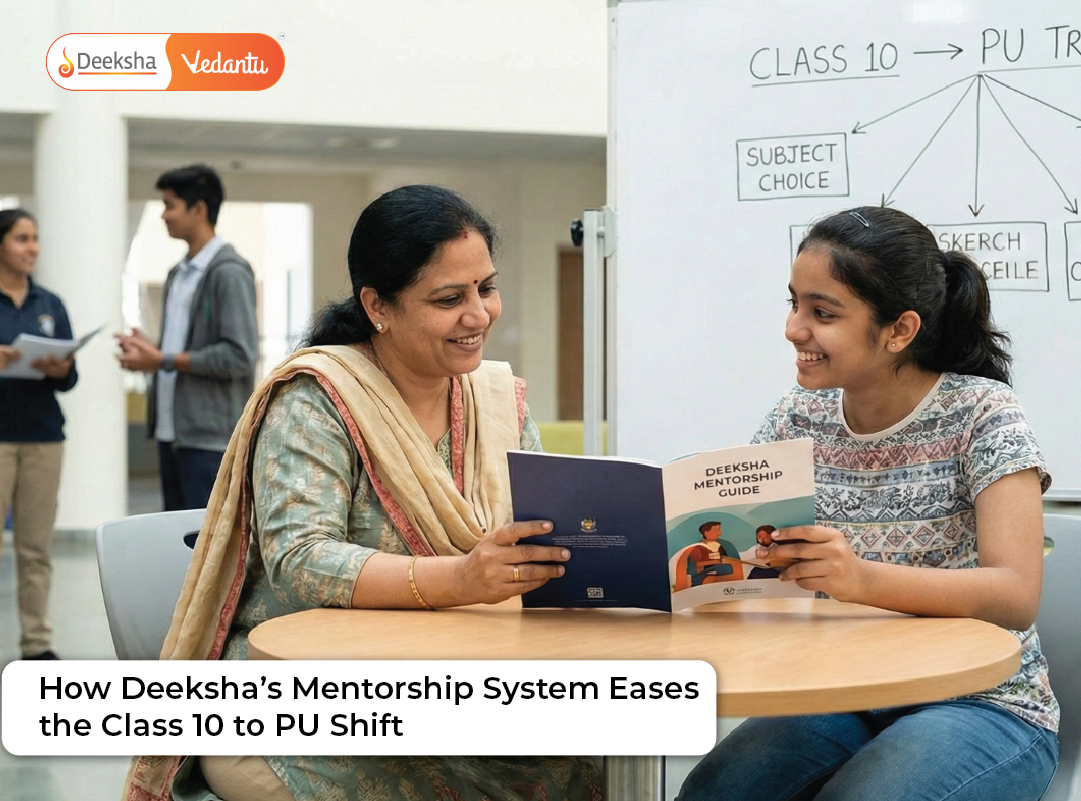



Get Social